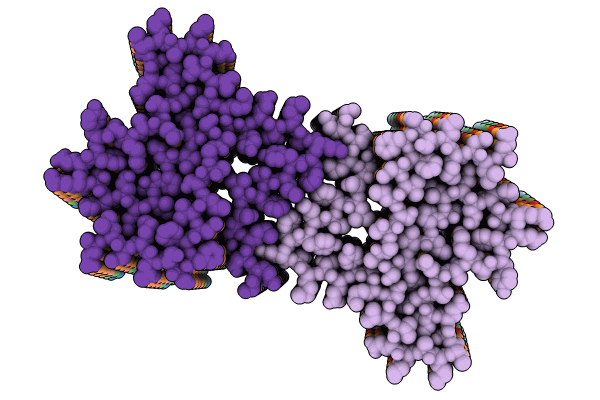
Deposition Date
2023-04-11
Release Date
2024-02-21
Last Version Date
2024-02-21
Method Details:
Experimental Method:
Resolution:
2.40 Å
Aggregation State:
FILAMENT
Reconstruction Method:
HELICAL


